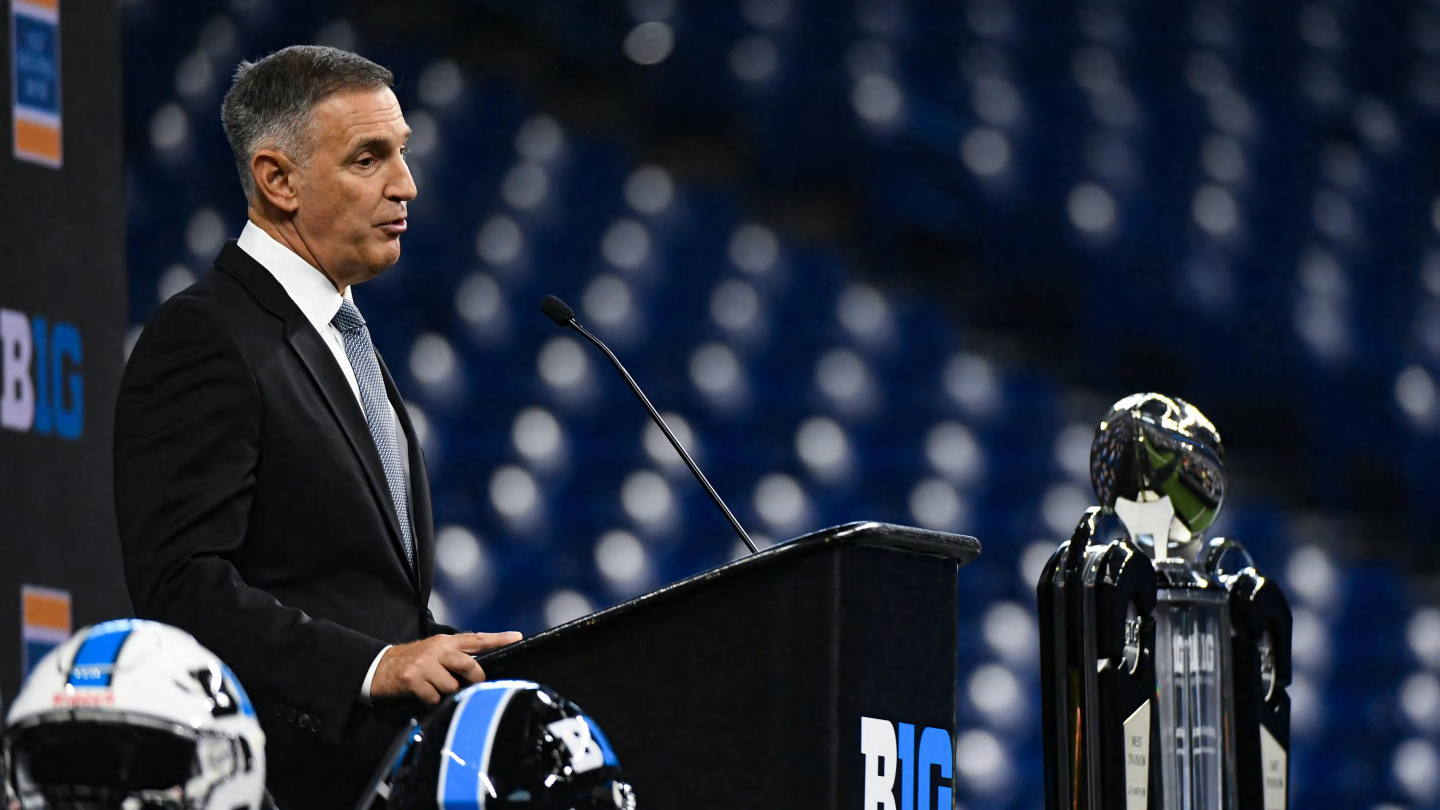If you absolutely must go: Here’s what you should know before visiting Death Valley in extreme heat

A name as ominous as “Death Valley” is not enough to deter tourists and adventure seekers from experiencing one of the hottest places on earth – not even during the recent heatwave that claimed the life of a motorcyclist.
Starting on July 4, temperatures rose above 57 degrees for nine days in a row. And although it has cooled down a bit since then, temperatures are expected to climb back up to 57 degrees this weekend. A heat advisory is in effect from 10 a.m. Saturday to 9 p.m. Sunday.
Despite the dangerous weather, an estimated 300,000 visitors flock to the area each summer, heat wave or not, according to park ranger Abby Wines. She said staff receive several calls a week from people needing medical attention and about 10 “full-blown” search-and-rescue calls each year.
“People can come to Death Valley even on the hottest days and be completely safe as long as they respect the heat,” Wines said.
Navigating the heat
The best way to protect yourself when visiting Death Valley is to stay near air conditioning.
“Travel in an air-conditioned vehicle, drive on paved roads, and only walk less than 10 minutes away from the car so you can come back and have this air-conditioned sanctuary to hide in,” Wines said.
There are signs all over the area, from the highway to trailheads, warning visitors of the extreme heat danger. Some warn against hiking after 10 a.m. and others explain that rescues are not always possible.

A dead bush in the desert sun.
Courtesy of the National Park Service
)
Why you may be alone
Park managers won’t risk rangers’ lives with lengthy search-and-rescue operations in extreme heat. And in extreme temperatures, helicopters can’t get enough lift to take off and may not be able to help.
The park recommends wearing a hat and sunscreen, drinking plenty of water and eating salty snacks. It’s important to eat small amounts throughout the day to compensate for electrolytes lost through sweating, Wines said.
This is how the rescue works
The vast majority of people who require medical attention in Death Valley do so because they are overheated.
If you feel unwell and are within range of your cellphone, call 911. But there is no cellphone reception in most parts of the park, Wines said, which can make it difficult to find out where a patient is and what kind of help they need.
“The park has two ambulances. As long as we have staff available, which is usually the case, we will take care of the person, treat them, extricate them … or take them to a hospital,” she said.

Visitors using the Furnace Creek Visitor Center’s thermometer.
Courtesy of the National Park Service
)
The quickest way to get to the nearest hospital in Las Vegas would be by helicopter. But the local rescue helicopter may not be able to fly if it’s too hot outside.
“We’ve found that they’re more likely to reject calls when the air temperature is above 46 degrees, and that’s because warm air is thinner than cooler air,” Wines said. “The helicopter’s rotors don’t have enough lift to land and take off safely.”
Why is it so hot?
According to the park, the high summer temperatures are primarily due to Death Valley’s topography. The valley floor is below sea level. When the sun warms the air, the hot air rises but is held back by the mountains surrounding the valley.
In the summer, temperatures at midnight are usually between 38 and 43 degrees. The coolest hours are between 3 and 5 a.m., when temperatures can drop to 29 degrees. However, the park says that on some nights it is never colder than 38 degrees.
How to stay safe in Death Valley
-
- Drink plenty of fluids, stay in an air-conditioned room and avoid the sun
- Check on relatives and neighbors
- Do not leave small children and pets in unattended vehicles
- Wear light and loose-fitting clothing.
- Try to limit strenuous activities
- Call 911 if you experience symptoms of heat exhaustion and heat stroke
What questions do you have about Southern California?



